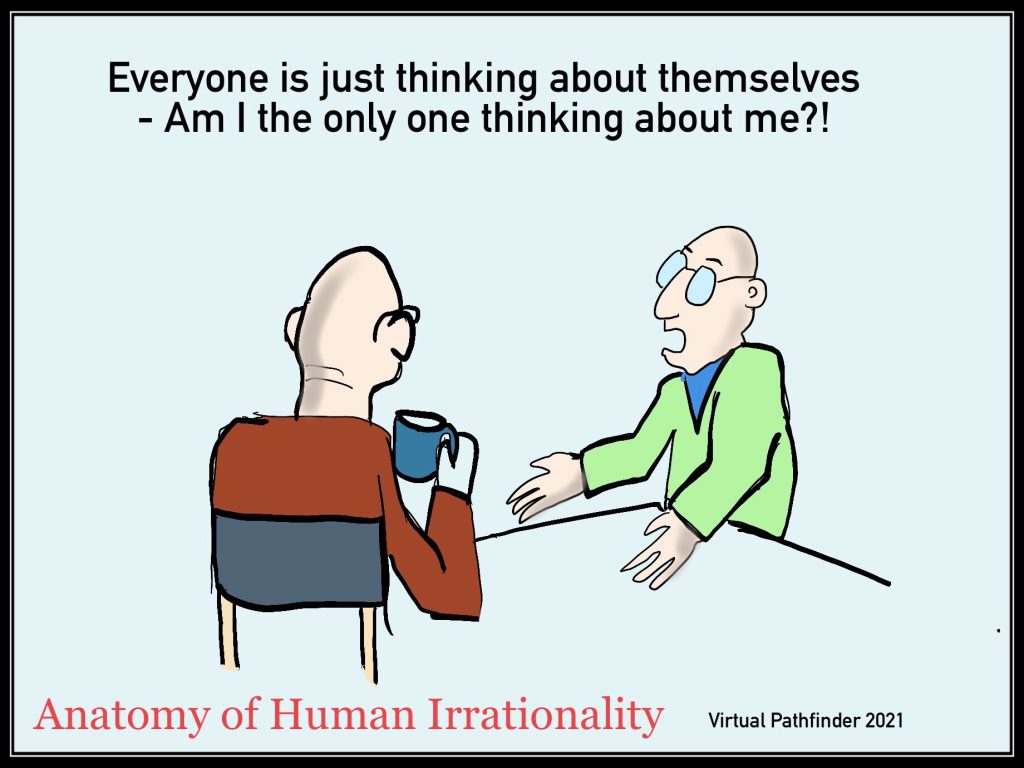Human Ethology
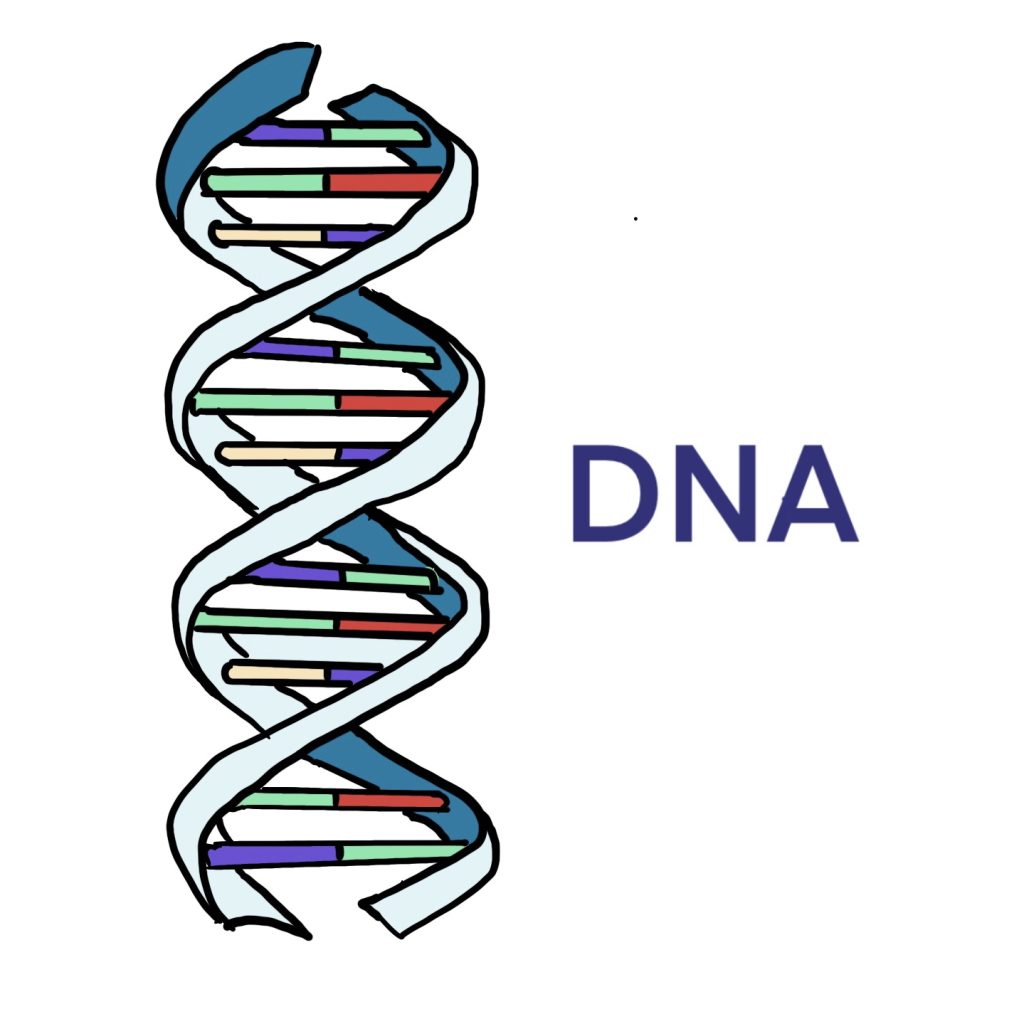
INSTINCTS
The human brain has many behaviors preprogrammed from birth, these can be referred to as instincts. Those make us draw conclusions very fast, which has been necessary, especially in the early human societies, where humans lived under constant threat from wild animals as well as other hostile humans. There is simply no time to do a statistical analysis when a hungry lion comes running at you. The brain uses a reflex-like decision making system to draw quick conclusions, in order to quickly get out of threatening situations.
That decision making method can be very efficient for survival in urgent situations, where a fast decision is more important than the best decision. When seeing a lion, it is a good idea to increase the distance to it in the fastest way, rather than evaluate all the options. It is part of the human nature to run towards what appears to be safety, whenever there is a perceived threat. That instinct is a connection in the mind between lion and danger.
In modern societies we live in a landscape of information, and modern human interaction has become increasingly complex. Although the human brain has the capacity to be rational, the instincts are hardwired, and those can short circuit the higher functions of the brain. That usually happens when a real or perceived threat is present. What is considered to be a danger today is very different from the dangers humans faced in our distant past.
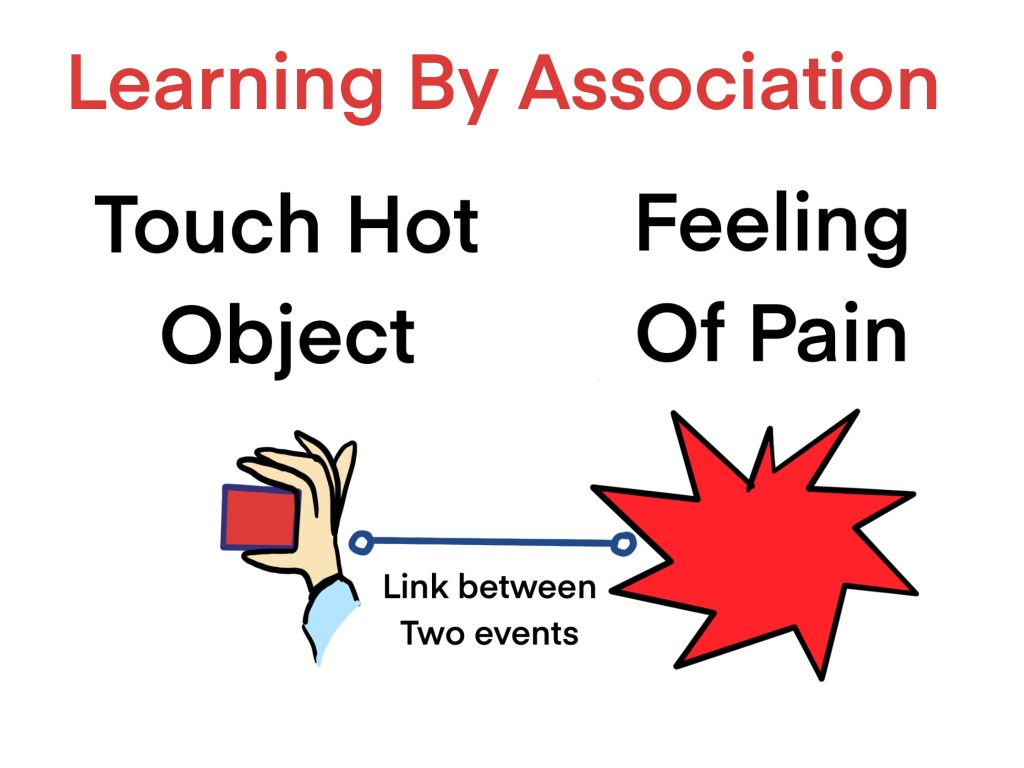
LEARNING BY ASSOCIATION
On top of the instincts, the human brain can adapt to new environments by learning. Basic learning is to create a connection between two or more events. If persons in a group don’t have the instinct telling them that a hungry lion is dangerous, then they will probably experience one of their members geting attacked. That experience make them learn the connection between lion and danger. This kind of basic learning is similar to instinct, since it automatically activates flight behavior.
At the same time as learned associations can be useful, those can also lead to irrational conclusions. For instance, if a person has a sudden pain in the stomach at the same time as a red car passes by, then learning by association may lead that person to believe that red cars causes stomach pain. In reality the pain was probably caused by something bad in the food an hour ago.
Although simple association enables fast decision making, it sometimes leads to serious mistakes. There is no thought process behind it, it just triggers a stereotypical response. Most behaviors are probably of this kind, and those can exist as long as there are more benefits than drawbacks. If the situation changes, the behavior is usually adapted accordingly.
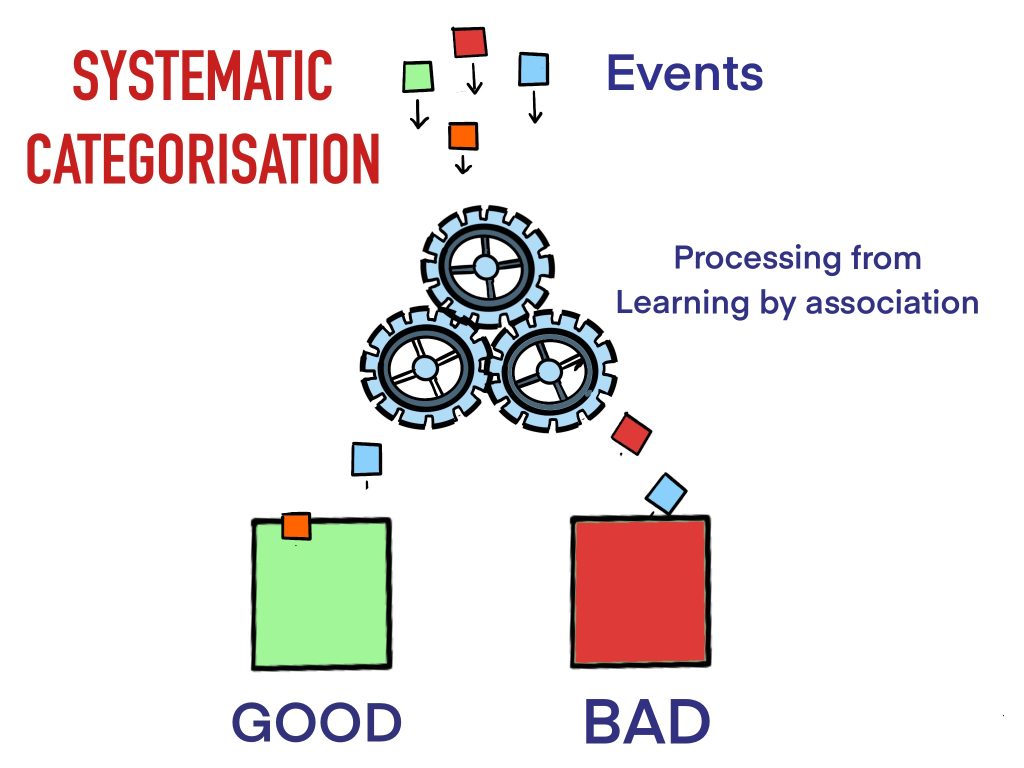
PREJUDICE
The word prejudice is mostly associated with judging people or things as being bad, but it is equally about overestimating the good about things or people. Some things are automatically assumed to be good, just from an association, based on experience of another similar situation. That can in some cases can be misleading. In worst case the consequences can be disastrous. Swindlers and other fraudsters often project an image associated with trustworthiness to their victims.
Categorizing is a fast way of making decisions. When doing that, things end up either in the “like”, or in the “dislike” basket. The judgement becomes stereotypical. Sometimes it is correct and sometimes not correct. This can go wrong, especially when making judgements about occurrences that are very rare.
There is a mathematical theorem that provides the probability of correctness when associating two phenomena. What it states is, the error in an observation should not be larger in magnitude than the occurrence of what is being observed. If the occurrence of what is being observed is on the same level as the error in the observation, then the observation has just 50% probability of being correct. The formula used is called Bayes Theorem.
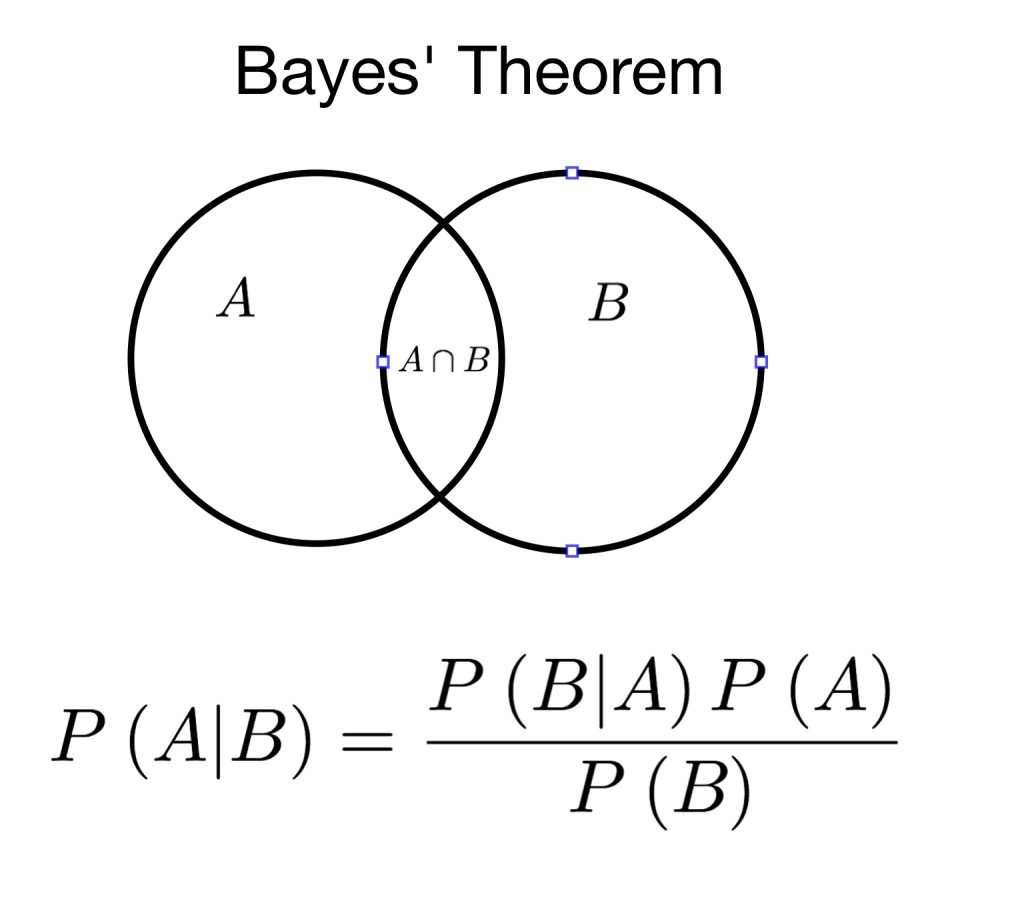
BAYES THEOREM
Bayes Theorem is used to calculate the mathematical probability of one event being true, in case an associated event is true. One interesting aspect of this theorem, is that is doesn’t make any statement about cause and effect. It only makes a probabilistic prediction about correlation between event A and event B. Although the mathematical background of the theorem makes sense, the results can sometimes feel counter intuitive. That happens when making observations of events that are rare. Here is an example:
Assume there is a rare disease with a 0,5% occurrence in the population. If a test for this disease is 98% accurate – what is the probability that a person has the disease, if the test shows positive? – Considering the high accuracy of the test, one may think it would be fairly high. But the probability that the person has the disease, based on a positive test result, is only 19,8%. The reason for the low probability, is that the relative occurrence of the disease is lower than the error of the test. The 2% error in measurement creates false positives, that outnumber the true positives by about 4:1. These situations are not what human intuition is good at handling, and we tend to jump to conclusions that are not correct.
If, on the other hand, the same test is performed to indicate that someone does not have the disease, then the situation becomes totally different. Again, the vast majority 99,5% of the population doesn’t have the disease, while the accuracy of the test is still 98%. Bayes Theorem in that case gives a probability of 99,99% that a negative result is correct. That should not be surprising, since just systematically telling everyone they have a negative test would result in a 99,5% accuracy. The negative tests have virtually no false negatives, since those only can occur in a tiny fraction 0,5% of the population. Since more or less all negatives are true, then the accuracy of a negative test result being correct is almost 100%.
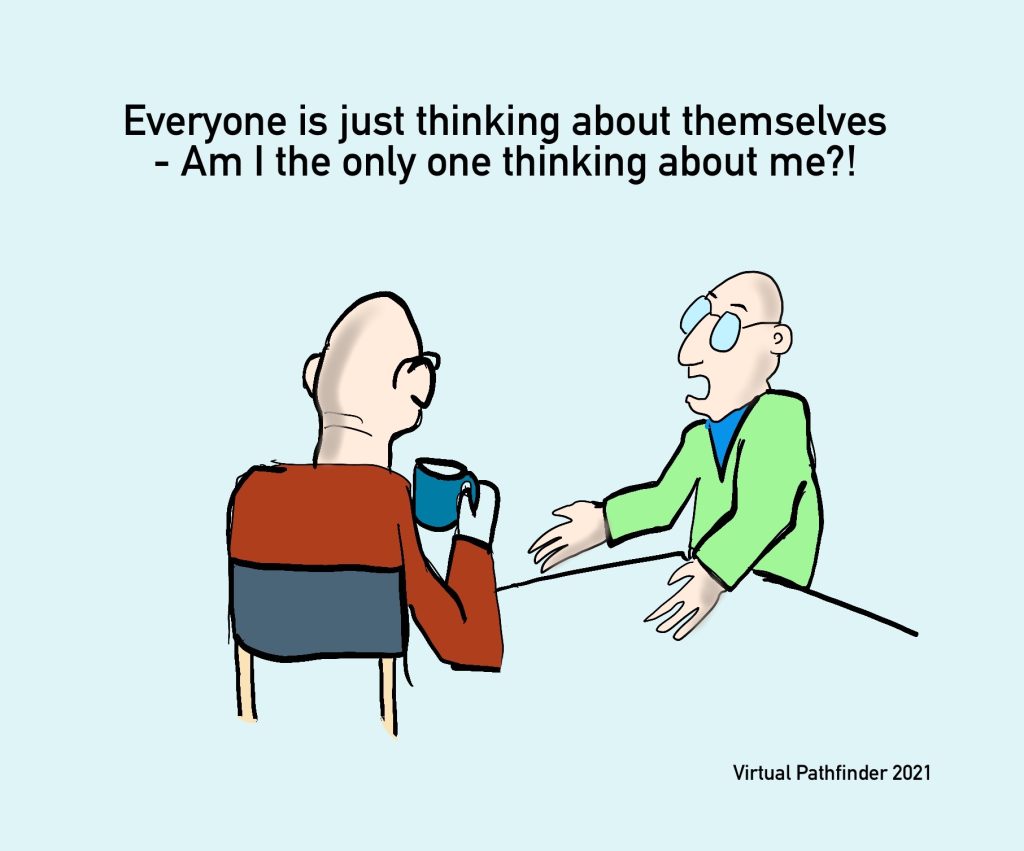
EMOTIONAL BARRIERS
Apart from inherited stereotypical behaviors and acquired behaviors, there are also emotional barriers preventing us from accepting a rational way to make certain judgements. Most people have a strong aversion against being wrong, or accepting something that causes cognitive dissonance. To change one’s mind about something that has been taken for a fact, is very difficult. Emotions are assets when building relations with people. For some reason the human brain treats conclusions as friends, and when our friends are attacked, we defend them.
As a consequence, even if a person has all the facts, and is capable of drawing rational conclusions, that person may still for emotional reasons, refuse to accept rationality that goes against that person’s conviction. One reason for that, may be human social hierarchies. To admit mistakes threatens one’s position in the hierarchy. Another reason may be, that cognitive dissonance is damaging to a person’s self image, which instinctively is perceived as a threat. The complexity of all this makes the human nature appear as a mystery.
To have emotional barriers is deeply human, but at the same time, those can block the way to approach the truth by rational reasoning. Emotions often lead to instinctive reflex-like handling of information, depending on them contradicting or confirming preconceived conclusions. It is easier to say one has an open mind, than to actually have an open mind. Rationality is like a small raft, drifting on a stormy sea of emotions in the human mind – still, it is the thing that can save us from ourselves.

